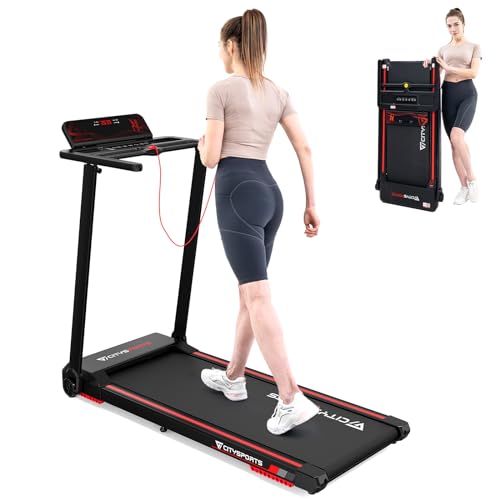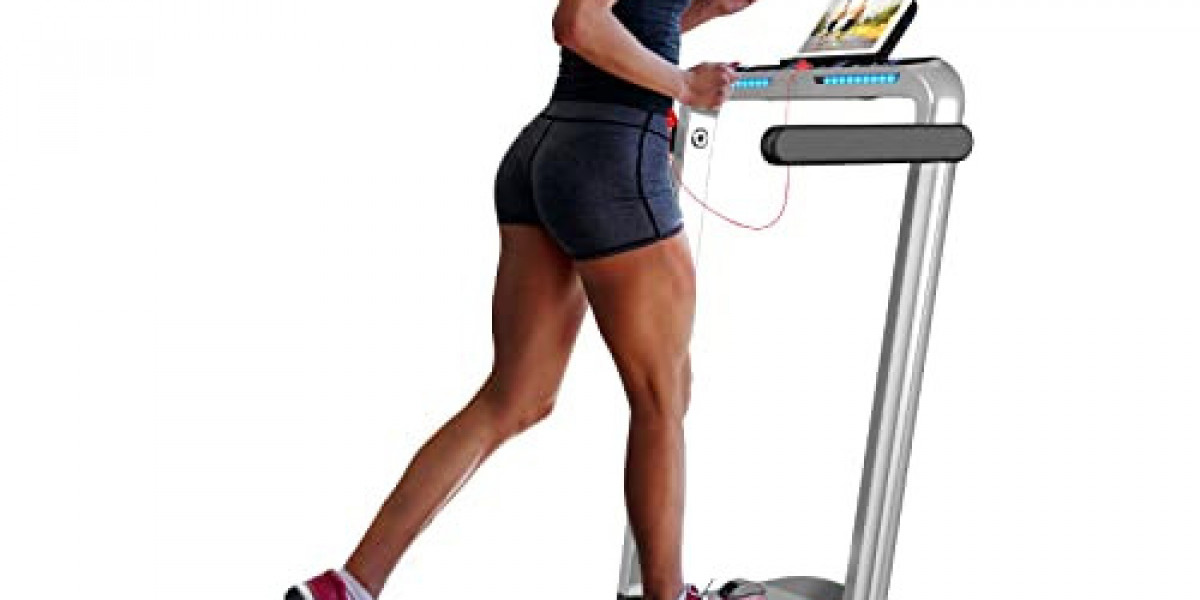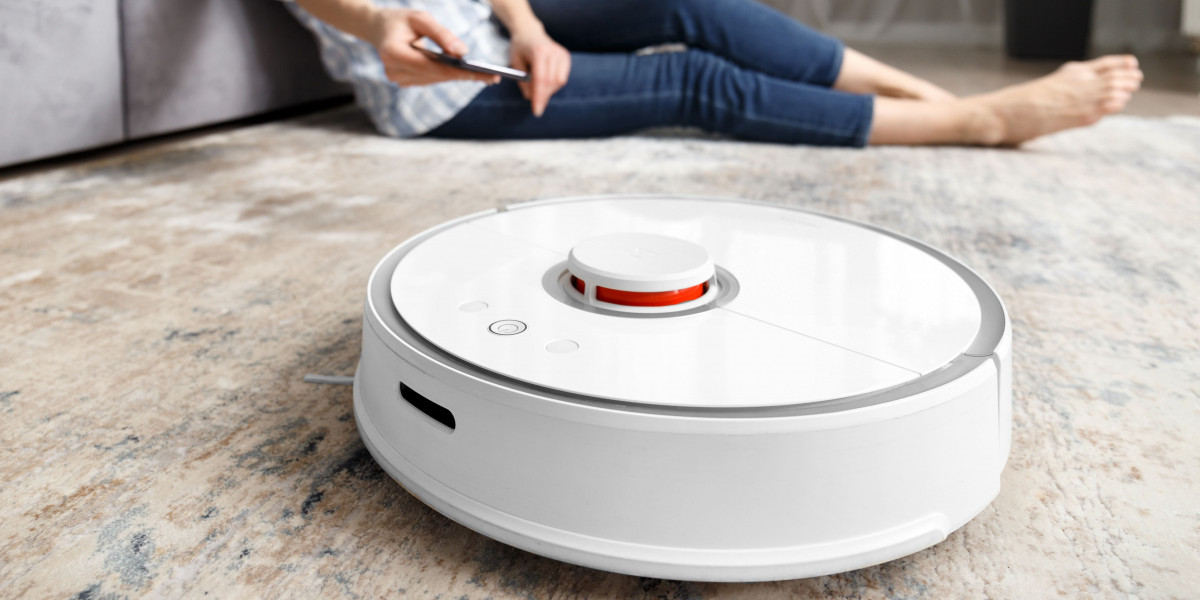
Treadmills have come a long way since their inception, evolving from simple mechanical devices to sophisticated pieces of exercise equipment that are now a staple in homes, gyms, and fitness centers worldwide. This comprehensive guide explores the history, types, benefits, and practical tips for using treadmills effectively. Whether you are a seasoned athlete or a fitness enthusiast looking to start a new exercise regimen, this article provides valuable insights.

A Brief History of Treadmills
The concept of the treadmill dates back to ancient times, where it was used for practical purposes rather than exercise. In the Middle Ages, treadmills were used to power machinery and lift heavy loads. However, it wasn't until the 19th century that the treadmill began to take on a more modern form, often used as a means of punishment in prisons.
The transition of treadmills into the fitness domain began in the mid-20th century. In 1952, Dr. Robert Bruce, a cardiologist, used a treadmill to conduct stress tests on patients. This medical application highlighted the treadmill's potential for cardiovascular fitness. By the 1970s, home treadmills started to gain popularity, and by the 1980s, they became a common sight in gyms and fitness centers.
Types of Treadmills
- Manual Treadmills
- Pros: Affordable, portable, and require no electricity.
- Cons: Less durable, limited features, and harder to use for intense workouts.
- Motorized Treadmills
- Pros: More durable, a wide range of features including speed and incline adjustment, and suitable for various fitness levels.
- Cons: More expensive, heavier, and require electrical power.
- Commercial Treadmills
- Pros: Built for heavy use, robust construction, and advanced features.
- Cons: High cost, often too large for home use.
- Foldable Treadmills
- Pros: Space-saving, easy to store, and suitable for small homes.
- Cons: May be less stable and durable compared to non-foldable models.
- Outdoor Treadmills
- Pros: Simulate outdoor running, often include features like water resistance and terrain simulation.
- Cons: Generally more expensive and require regular maintenance due to exposure to the elements.
Benefits of Using a Treadmill
- Convenience
- Treadmills allow users to exercise indoors, regardless of weather conditions or time constraints. This makes it easier to maintain a consistent workout routine.
- Cardiovascular Health
- Regular treadmill use can improve heart health by strengthening the heart muscle, reducing the risk of heart disease, and lowering blood pressure.
- Weight Management
- Treadmills provide an effective way to burn calories and manage weight. The ability to adjust speed and incline helps users tailor their workouts to their fitness goals.
- Versatility
- Treadmills can be used for various activities, including walking, jogging, and running. Many models also offer interval training and hill simulation.
- Low Impact
- Treadmills are designed with shock absorption features, which can reduce the risk of joint injuries compared to running on hard surfaces.
- Safety
- Users can control their environment, ensuring a safe and consistent surface for exercise. Emergency stop features and safety keys add an extra layer of security.
How to Choose the Right Treadmill
- Budget
- Determine how much you are willing to spend. Entry-level treadmills can start at a few hundred dollars, while high-end models can cost thousands.
- Space
- Measure the area where you plan to place the treadmill to ensure you have enough space. Foldable models are ideal for small homes.
- Fitness Level
- Consider your current fitness level and future goals. If you are a beginner, a treadmill with basic features might be sufficient. Advanced users may want a model with more sophisticated options.
- Features
- Look for features that align with your needs, such as speed and incline adjustment, heart rate monitors, and pre-programmed workouts.
- Build Quality
- Invest in a treadmill with a sturdy frame and a reliable motor. Read reviews and check the manufacturer's warranty for added peace of mind.
Tips for Effective Treadmill Workouts
- Warm-Up and Cool-Down
- Always start with a 5-10 minute warm-up at a gentle pace and end with a cool-down to prevent injuries.
- Vary Your Routine
- Incorporate different workouts, such as interval training and hill climbs, to avoid plateauing and keep your workouts interesting.
- Use the Console
- Take advantage of the treadmill's console to track your progress, set goals, and follow pre-programmed workouts.
- Proper Form
- Maintain good form by keeping your head up, shoulders relaxed, and arms swinging naturally. Avoid leaning forward or gripping the handrails for extended periods.
- Stay Hydrated
- Keep a water bottle within reach and drink regularly to stay hydrated during your workout.
Frequently Asked Questions (FAQs)
Q: Are treadmills effective for weight loss?
- A: Yes, treadmills are highly effective for weight loss. They allow you to burn a significant number of calories and can be used for various types of workouts, including high-intensity interval training (HIIT) and steady-state cardio.
Q: How often should I use a treadmill for best results?
- A: For optimal results, aim to use the treadmill 3-5 times per week, with each session lasting 30-60 minutes. Consistency is key, so try to maintain a regular schedule.
Q: Hometreadmills Can I use a treadmill to train for a marathon?
- A: Absolutely. Treadmills are excellent for training for long-distance running events. Use the incline feature to simulate hills and vary your pace to mimic race conditions.
Q: How do I clean and maintain my treadmill?
- A: Regular maintenance is crucial to ensure your treadmill runs smoothly. Clean the belt and deck with a damp cloth after each use, lubricate the belt as recommended by the manufacturer, and check the tension and alignment periodically.
Q: Are manual treadmills as effective as motorized ones?
- A: While manual treadmills are more affordable and portable, motorized treadmills offer more features and are generally more effective for intense workouts. However, manual treadmills are still a good option for light to moderate exercise.
Q: Can treadmills be used by people with joint issues?
- A: Yes, treadmills with proper shock absorption can be beneficial for people with joint issues. They provide a low-impact surface that reduces stress on the knees, hips, and ankles.
Treadmills are a versatile and effective piece of exercise equipment that can cater to a wide range of fitness goals. From improving cardiovascular health to managing weight and training for marathons, the benefits are numerous. By understanding the different types of treadmills available and following the tips for effective use, you can make the most of your workouts and achieve your fitness objectives. Whether you are a beginner or an experienced athlete, a treadmill can be a valuable addition to your fitness routine.
Additional Resources
- American Heart Association: Learn more about the cardiovascular benefits of treadmill workouts.
- Consumer Reports: Read reviews and comparisons of top treadmill models to find the best one for your needs.
- Mayo Clinic: Discover tips for staying safe and avoiding injuries while using a treadmill.
By incorporating a treadmill into your fitness routine, you can take a significant step towards a healthier, more active lifestyle.







